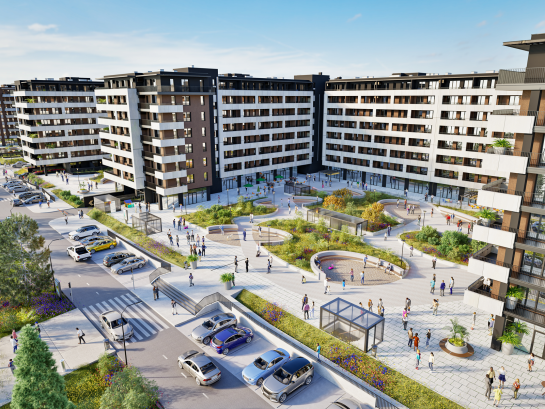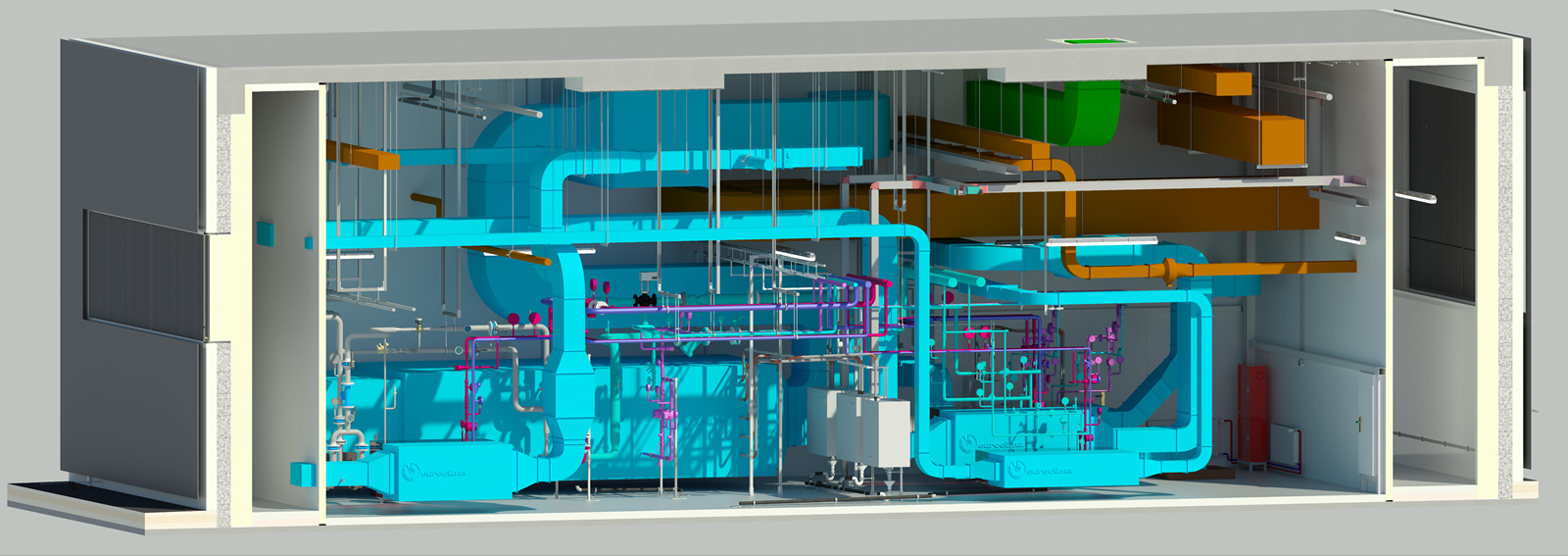The construction industry is undergoing a profound transformation driven by digital design technologies. Tools like Building Information Modeling (BIM) and Virtual Reality (VR) are not only improving project quality and efficiency but are also redefining how stakeholders collaborate, manage resources, and envision sustainability. Here’s a deep dive into four pivotal areas where digital innovation is making an impact.
Centralized Collaboration: Building with One Source of Truth
In traditional construction workflows, fragmented data and communication silos often lead to delays, errors, and cost overruns. The rise of BIM, however, offers a game-changing solution: a single, live model that serves as the authoritative source of design and project information.
This approach enables real-time collaboration among stakeholders, regardless of their location. Architects, engineers, and contractors can simultaneously access and update project details, streamlining processes from inception to completion. For instance, at Integration, we’re moving beyond BIM as a mere 3D modeling tool to fully integrated, dynamic project coordination platforms.
The benefits are measurable: research from Dodge Data & Analytics reports a 25% improvement in labor productivity and a significant reduction in costs when BIM is employed effectively. Additionally, this centralization allows design decisions to align better with budgets and aesthetic goals, enabling optimal outcomes for projects of any scale.
Virtual Reality: Beyond Visualization
While VR has long been recognized for its ability to create immersive visualizations, its potential extends far beyond aesthetics. Coupled with BIM, VR provides a platform for detailed design analysis, enabling stakeholders to “walk through” projects before construction begins.
This immersive approach minimizes the risk of on-site errors by offering a clear, tangible understanding of how components should be installed. On construction sites, VR tools can guide teams by overlaying project design information onto physical spaces, reducing miscommunication and ensuring precision.
As industries adopt VR for building services and technology management, its role in enhancing project execution continues to grow, making it a critical tool for modern construction teams.
Sustainability and the Circular Economy
Sustainability is no longer optional in construction—it’s a necessity. BIM is uniquely positioned to support the circular economy, a model that prioritizes waste reduction, resource efficiency, and material reuse.
Detailed BIM models facilitate prefabrication, allowing for the production of components in controlled environments. This results in cost-effective production, improved quality, and faster on-site assembly. More importantly, BIM enables accurate planning across all construction stages, significantly reducing waste.
Another major advantage is material lifecycle management. BIM models can serve as centralized inventories, detailing materials used in construction and enabling easy disassembly and reuse when a building reaches the end of its life. This approach ensures that new structures are not only built to meet today’s needs but also designed with future adaptability and sustainability in mind.
Post-Construction Benefits: Smarter Facilities Management
Digital design doesn’t stop delivering value once a building is completed. BIM models are invaluable during a structure’s operational phase, providing facility managers and maintenance teams with a comprehensive database of systems, components, and equipment.
This level of detail simplifies building management tasks, from routine maintenance to major system upgrades. At Integration, we go beyond the tender stage by working closely with contractors to develop advanced BIM models that extend into the construction and post-construction phases. This ensures a seamless transition from project delivery to operation, enhancing the long-term value of the asset.
How Digital Design Redefines Construction
The digital transformation of construction offers more than efficiency—it creates a foundation for sustainable, resilient, and collaborative projects. By integrating centralized data platforms, immersive VR experiences, sustainable practices, and post-construction intelligence, the industry is poised to meet the challenges of the future head-on.
Embracing these technologies is not just about keeping pace; it’s about driving innovation that benefits all stakeholders, from designers and contractors to building occupants and the planet.
Closing Thoughts
The construction industry stands at a pivotal moment in its evolution. By adopting tools like BIM and VR, we’re not just enhancing processes but fundamentally redefining how buildings are conceived, constructed, and managed. The opportunities are immense, and those who embrace this digital revolution will lead the way into a more sustainable and efficient future.




